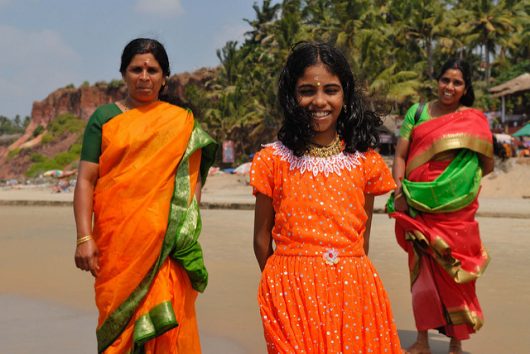Incentive Program Reduces Child Marriage in Bangladesh

According to the International Center for Research on Women, one-third of girls in the developing world are married before the age of 18, and one in nine are married before the age of 15. In a recent study conducted by Innovations for Poverty Action (IPA), researchers tested the impact of incentive programs on reducing child marriage and childbearing during teenage years. Results demonstrated the incentive program reduces child marriage in Bangladesh.
A previous study conducted by IPA in Kenya showed that encouraging girls to stay in school can reduce child marriages. However, this tactic fails to impact girls who are not attending formal schooling. Child marriage remains a societal norm in many countries, especially throughout the developing world.
Conducted in rural, southern Bangladesh, the country with the second-highest child marriage rate in the world, researchers built an incentive program into a previously formed food security program run by the nonprofit organization Save the Children. From 2007 to 2015, through a large-scale, randomized study, cooking oil was delivered to families of underaged and unmarried girls throughout multiple communities.
Within specific communities, the Adolescent Girl’s Voice empowerment program was implemented, which included meetings five to six days a week where girls from the community could socialize and receive education and life coaching. In communities without the empowerment program, girls who remained unmarried could collect cooking oil from community volunteers using a ration card.
The value of the cooking oil was chosen to offset the amount of dowry and dowry increase of unmarried girls annually. For four years after the study ended, researchers followed up with participants, documenting their marital status, childbearing history and school enrolment.
The results showed that the implemented incentive program reduces child marriage in Bangladesh, as well as decreased the rate of childbearing during teenage years.
“Girls in communities with conditional incentives were 6.3 percentage points less likely to marry before the age of 18, a 23% reduction over girls in communities without any programming,” stated the report. “They were also 2.9 percentage points less likely to have children during their teenage years, a 13% reduction over girls in communities without any programming.”
The program’s implementation in an area of extremely high rates of child marriage and childbearing during the teenage years demonstrated the success of incentive programs on lowering such rates. The program ended up being highly cost-effective, with researchers estimating that every $1,000 spent on the program led to nearly seven years of delayed marriage. There is strong evidence that incentive programs have the power to reduce child marriage in Bangladesh.
– Riley Bunch
Photo: Flickr
